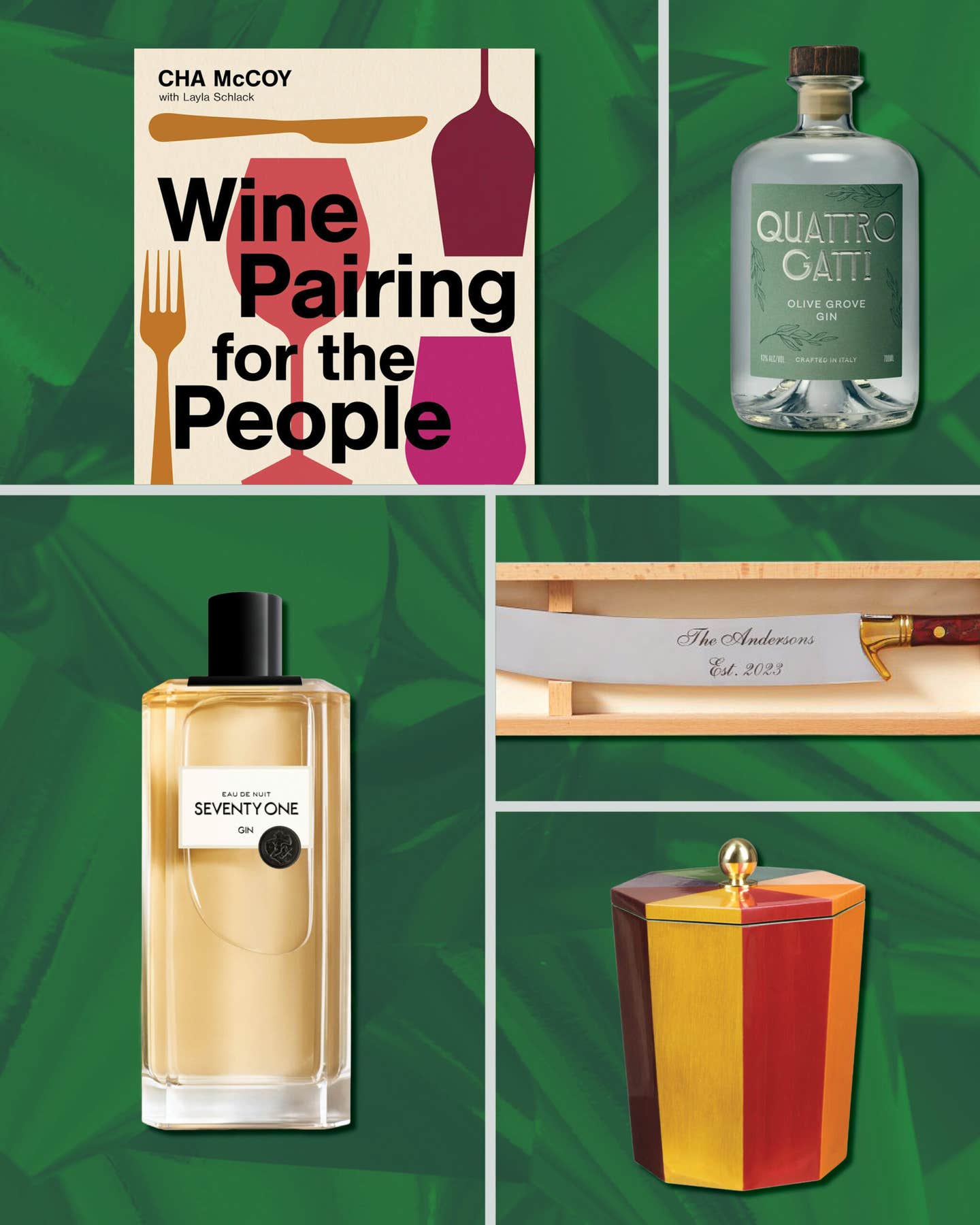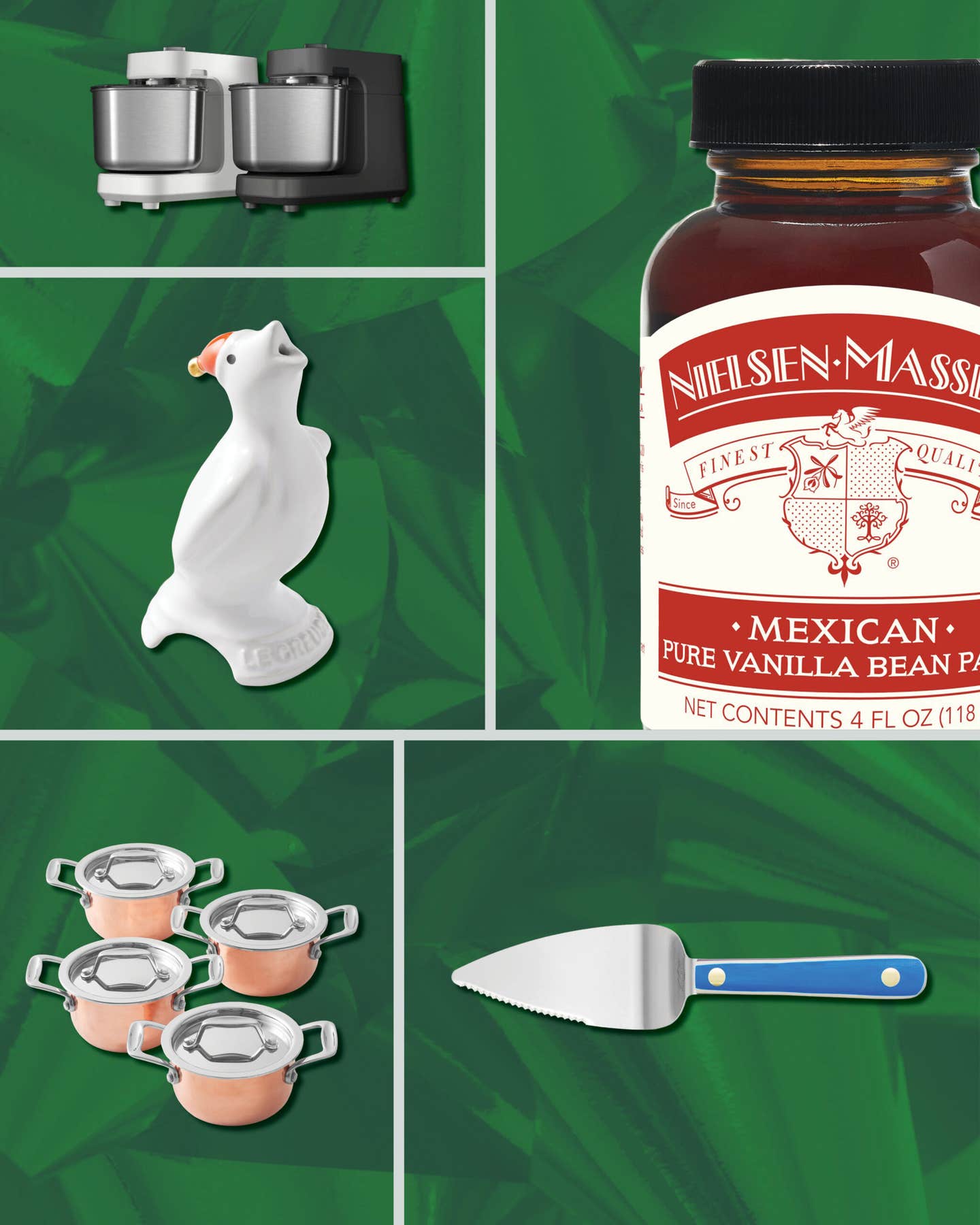Toothpaste is Our New Favorite Souvenir
On the unexpected gustatory pleasures of international oral hygiene
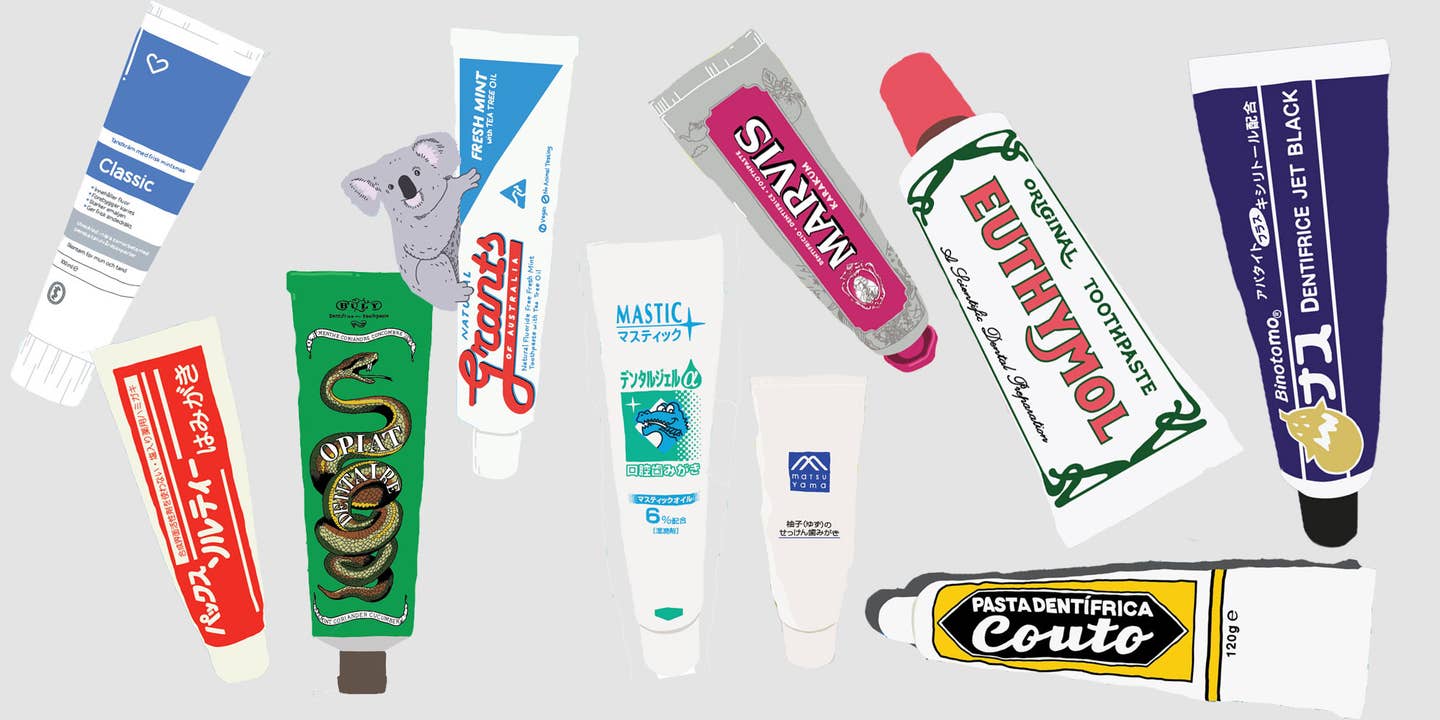
Let me start this off with a disclaimer: Toothpaste is not food. You shouldn't eat it. Neither I nor this publication, though it is a food publication, supports or recommends eating toothpaste.
Many food and travel writers have enthusiastically noted that when they arrive in a new destination, their first stop is invariably "the market." I like to go to markets, too—the sights, smells, and tastes are always a wonderful introduction to sensory pleasures that lie ahead. But my first stop in a new place? The pharmacy. To buy toothpaste.
It started in college, with a birthday present. One year, my friend Josh gave me a tube of Botot, a licorice-flavored Italian brand made from an 18th-century French formula. To this day, it is one of the most thoughtful birthday presents I've ever received, but at the time neither of us knew that it would inspire a full-fledged obsession. Though I enjoyed the Botot and the novelty of a foreign toothpaste, I didn't expand my horizons until 2016, when I was introduced to Marvis. Another Italian brand, this one was available in a variety of funky flavors like jasmine- and ginger-mint and came in an attractive silver tube. After my first brush, I knew it was time to more fully immerse myself in the world of toothpaste.
Over the past couple of years, I have traveled across countries on four continents. Not explicitly in search of toothpaste—my passion isn't quite at that level yet—but I am always keeping my eyes peeled for new brands. I now have a rotation of about 10 that I keep on my dresser. The toothpaste lifestyle is confusing to some, and I get why many people value a daily routine that includes a trusted paste. But a focal point of my life has always been experiencing as many flavors as possible, and the epiphany that this ethos could extend from the world of food and drink to the realm of dental hygiene has been remarkably significant for me. I don't eat the same thing every day. Why would I brush my teeth with the same toothpaste every night?
Moreover, from an anthropological perspective, it's interesting to consider how folks outside the U.S. engage with the concept of oral cleanliness and freshness. Why is there black eggplant toothpaste in Japan and not here? Does the idea of oral health correspond to a sweet or salty flavor? To what degree does packaging design change the way we taste different products? Is there a measurable spectrum of quality in toothpaste, and how much does price correspond to deliciousness? It's also notable that many foreign toothpastes don't contain fluoride, which is a central ingredient in standard American blends. Whether or not I should care about the fluoride content of my toothpaste I don't know; I'm scared to ask my dentist.
It's my deeply held opinion that toothpaste is as interesting a window into other the taste buds of other cultures as food and drink. Sure, go to the market when you land: try the fruits, snap photos of the produce, get some street food. But the taste adventure doesn't have to stop there.
Below are some of my favorite toothpastes I've encountered in recent travels. There are, perhaps unsurprisingly, a disproportionate number from Japan, which has a very robust toothpaste scene. Some of these can be purchased in the U.S. or ordered online, and all of them are wholeheartedly worth a squeeze.
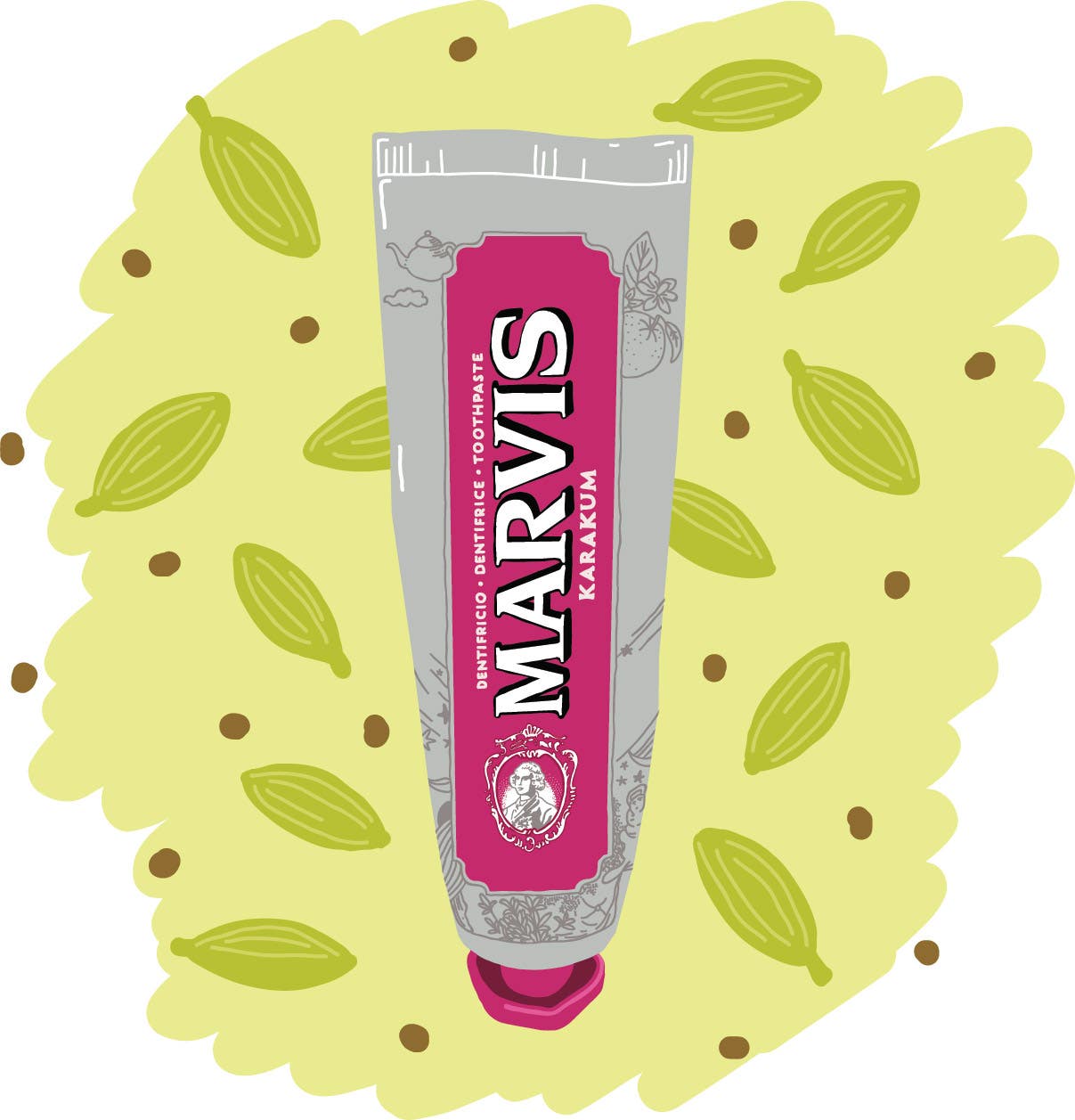
Somebody at Marvis HQ must have heard my repeated prayers for a cardamom-flavored toothpaste. Used as a breath freshener since antiquity, cardamom is a no-brainer of a toothpaste flavor. Yet I've brushed listlessly for years, staring blankly into the mirror imagining a reality where cardamom was normal and mint was the weird flavor. Finally, we're taking a step towards that dream: part of Marvis' "Wonders of the World" special edition toothpaste line, Karakum promises "the thrill of an imaginary journey across the Black Sea to Persia, Mongolian deserts and Eastern China…" Having never undertaken such an imaginary journey, I have no reference point for comparison, but this is a toothpaste that I hope sticks around for a very long time.
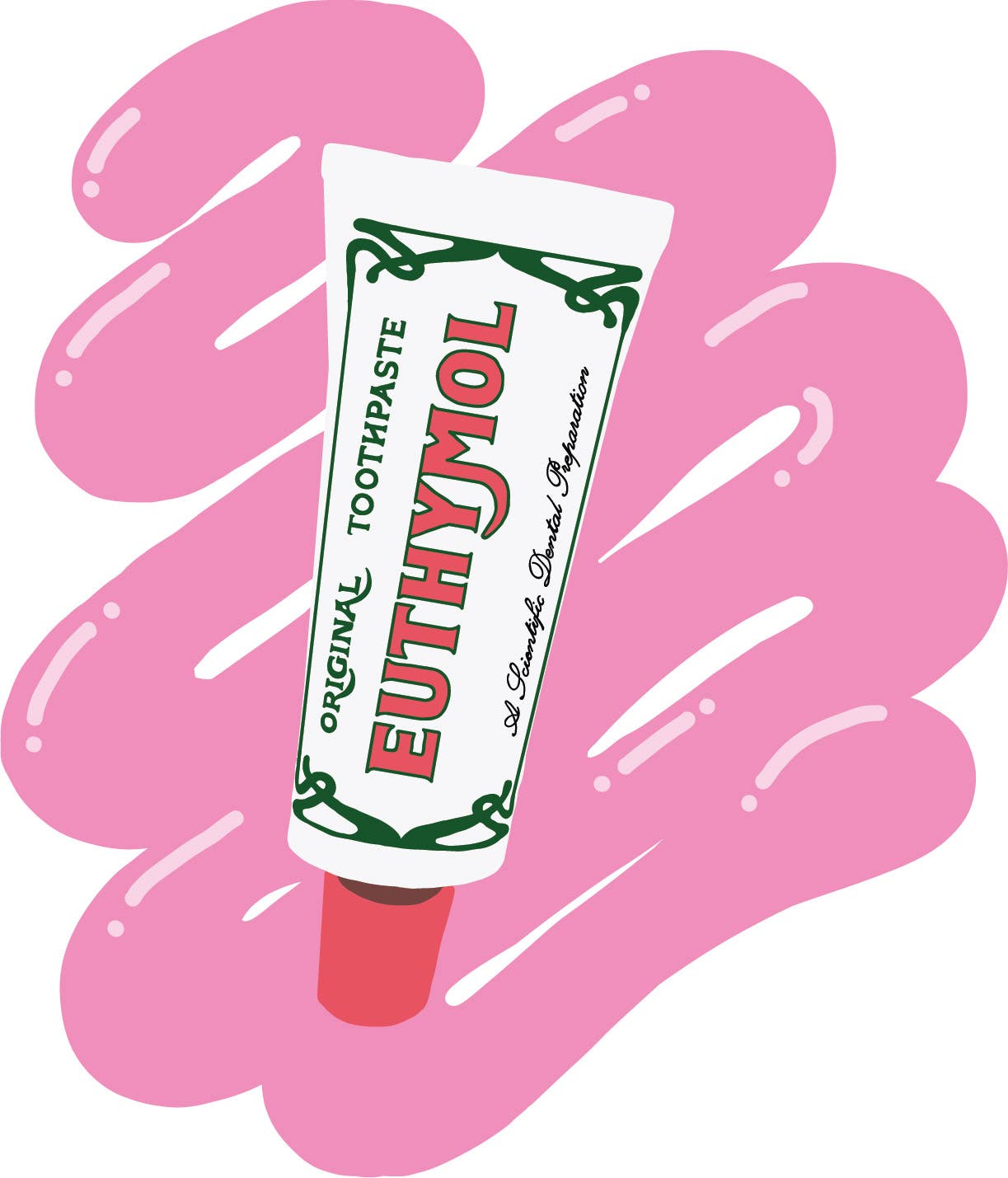
Invented in Tipperary almost a century ago, Euthymol is, at first brush, the exact color and flavor of Pepto Bismol. But while Pepto's distinct tang is attributed to wintergreen, the secret of Euthymol's flavor lies in its name: thymol, a natural chemical compound that gives thyme its flavor and is valued as an antiseptic. Even though I know their formulas are different, I still can't separate the two products in my mind. Some won't want to think about nausea, heartburn, and indigestion, while they're brushing their teeth. I get that. For me, it's more of a fresh look at a recognizable yet difficult-to-place flavor long associated with gastrointestinal discomfort. Use Euthymol long enough, and your perspective on bright pink pharmaceutical substances will start to change.
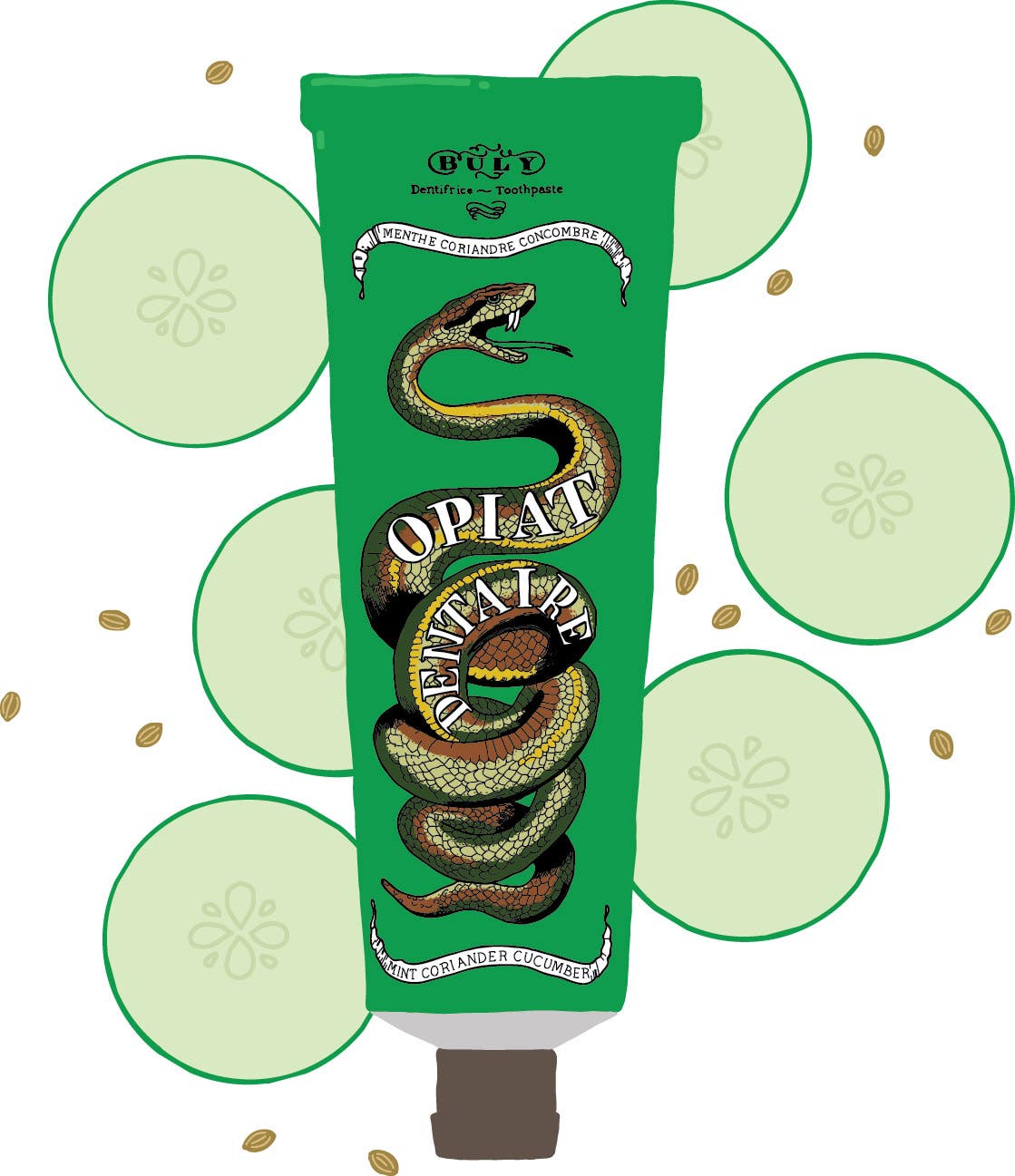
Launched in 1803 and known for aromatic perfumes and lotions, Buly—formerly "Bully"—was dormant for a century until its resurrection in 2014 at the hands of an imaginative French entrepreneur. Now a stylish, high-end apothecary brand, Buly produces some of the most fantastic tasting toothpaste I've ever had. The formula relies on natural spring water from southwestern France long prized for its beneficial periodontal properties and comes in three flavors: apple, orange-ginger-clove, and my favorite, cucumber-coriander-mint. It is both the freshest and tastiest oral care product I've ever tried. And at a retail price of anywhere from $25-30, it's a special occasion toothpaste, a category I've just invented.
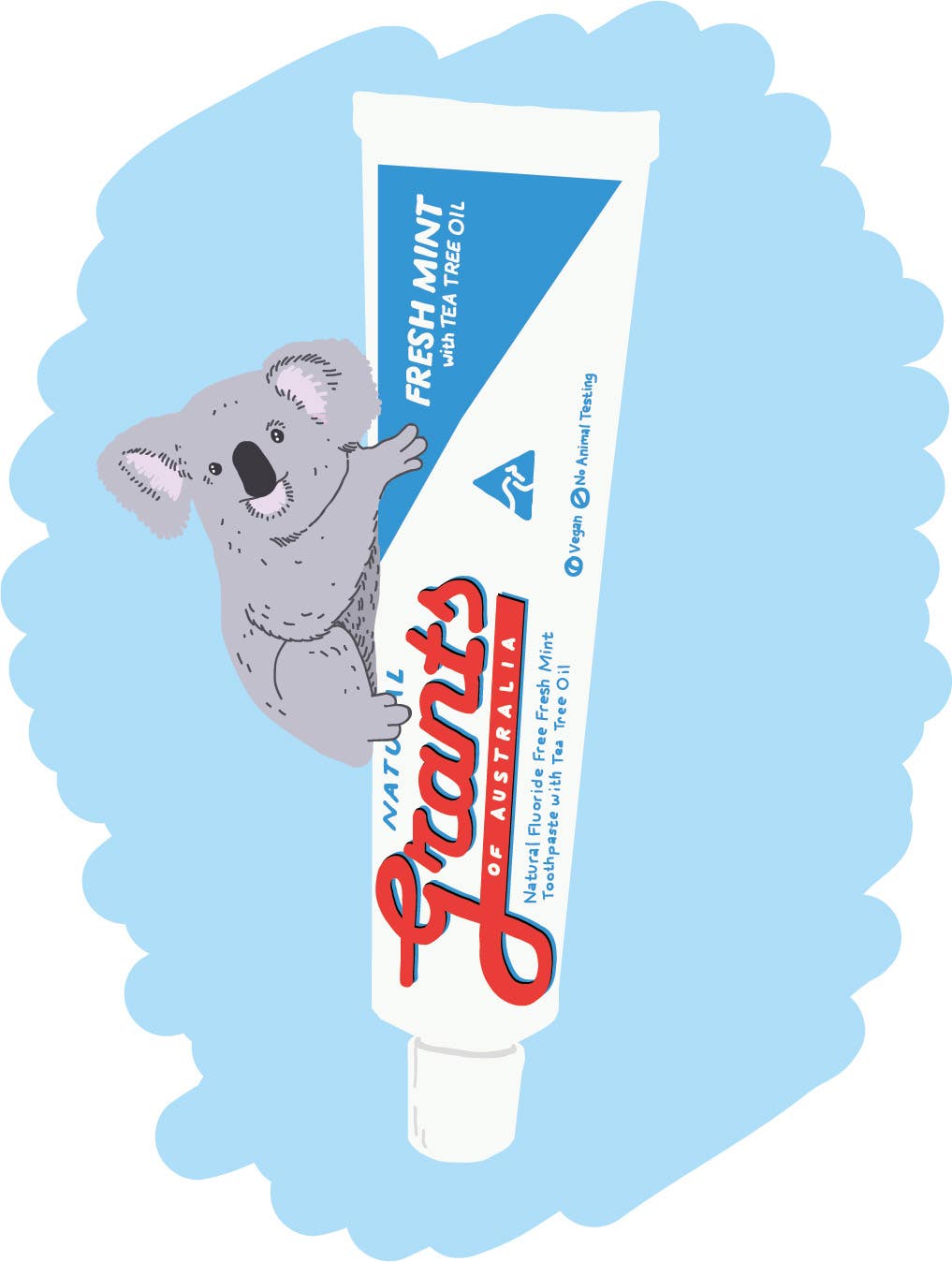
Perusing the aisles of a natural foods store in Fremantle last year, a friendly koala caught my eye. To my delight, it lived on a toothpaste box that promised fresh mint with a hint of tea tree oil. Remember those Australian tea tree toothpicks that were big a while ago? This doesn't pack quite the same punch-the tea tree here is an ancillary flavor, providing an Antipodean background note that supports a well-structured mint. A great everyday toothpaste.
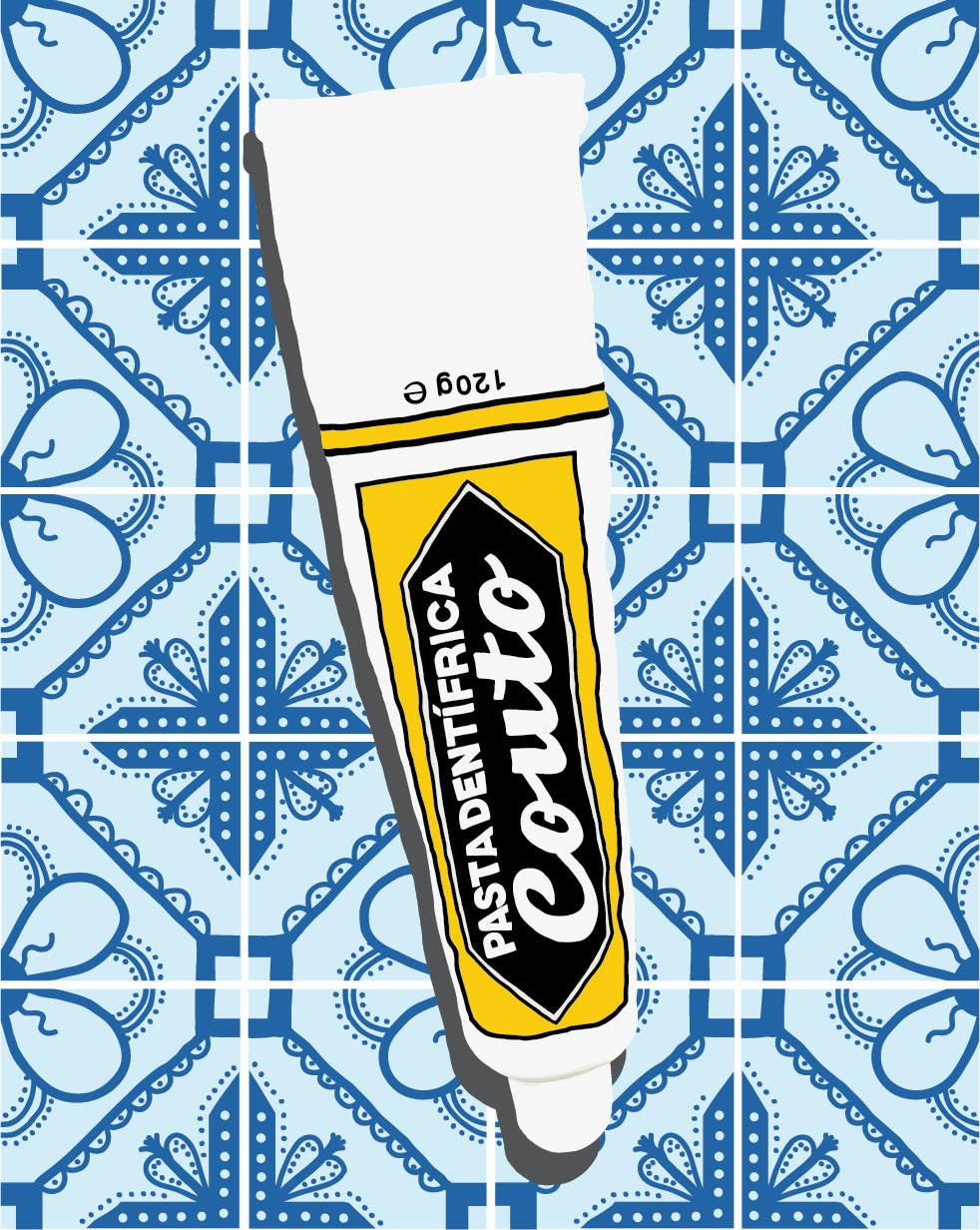
A heritage paste with lovely packaging to match, Couto first hit the Portuguese market in 1932. It certainly follows that in a land that cherishes salt cod as a staple there is an assertive and effective toothpaste up to the task of banishing bacalhau at the end of a day. The strong mint flavor isn't particularly unique, but there is something undoubtedly appealing about Couto that keeps me coming back.
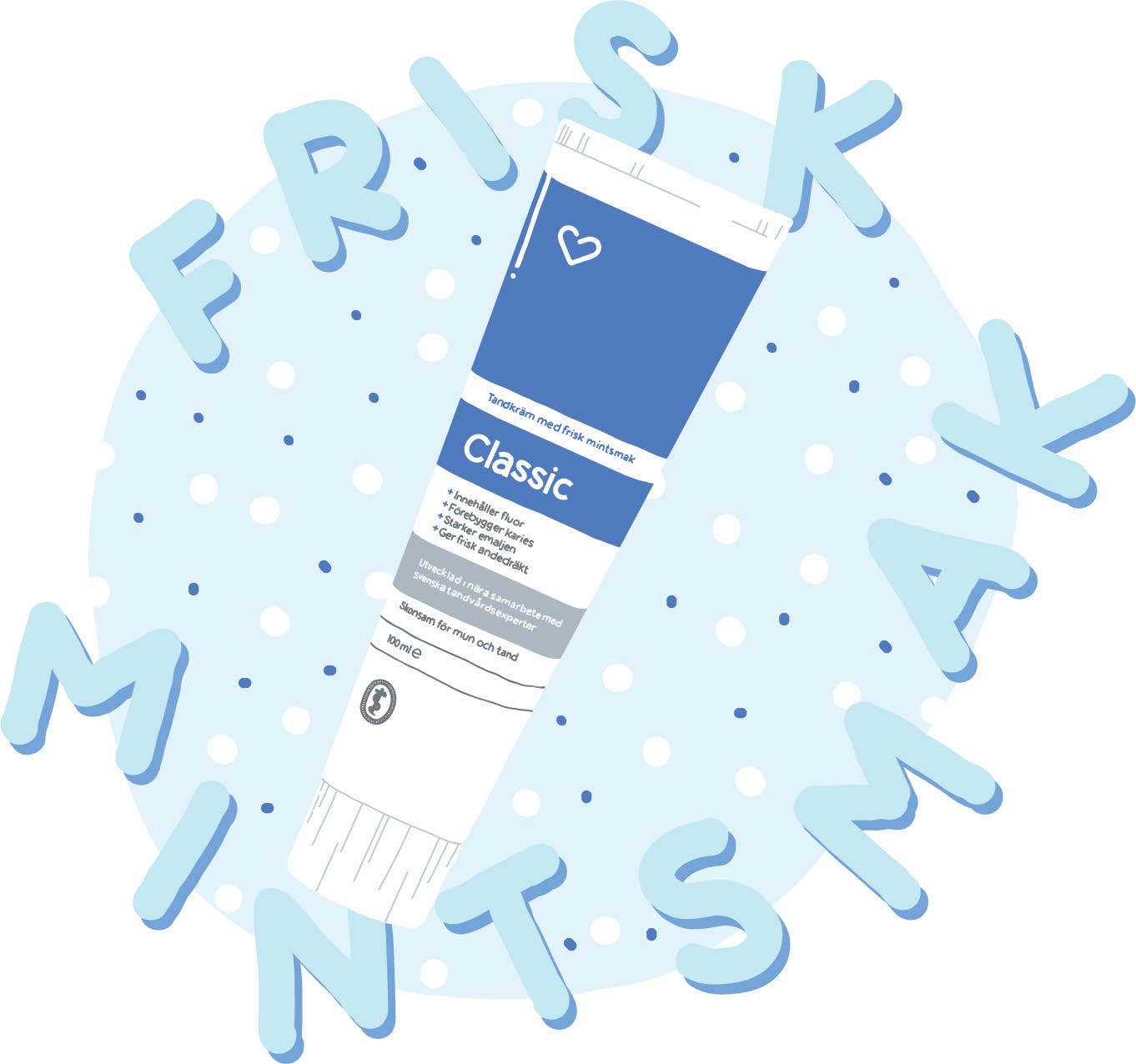
I admit it: this one's all about the name. The entirely nondescript house brand of Sweden's second-largest pharmacy chain probably doesn't raise too many eyebrows in its home country. But to this Scandophilic traveler, nothing in the world was more exciting than buying a toothpaste advertising "Frisk Mintsmak." Yes, it translates cleanly as "fresh mint flavor," but come on - Frisk Mintsmak! The flavor is about as unobtrusively mint as possible, but the name had me imagining a fresh smack of mint with every brush, as well as a friendly character named Frisk Mintsmak actually brushing my teeth for me. Too much fun.
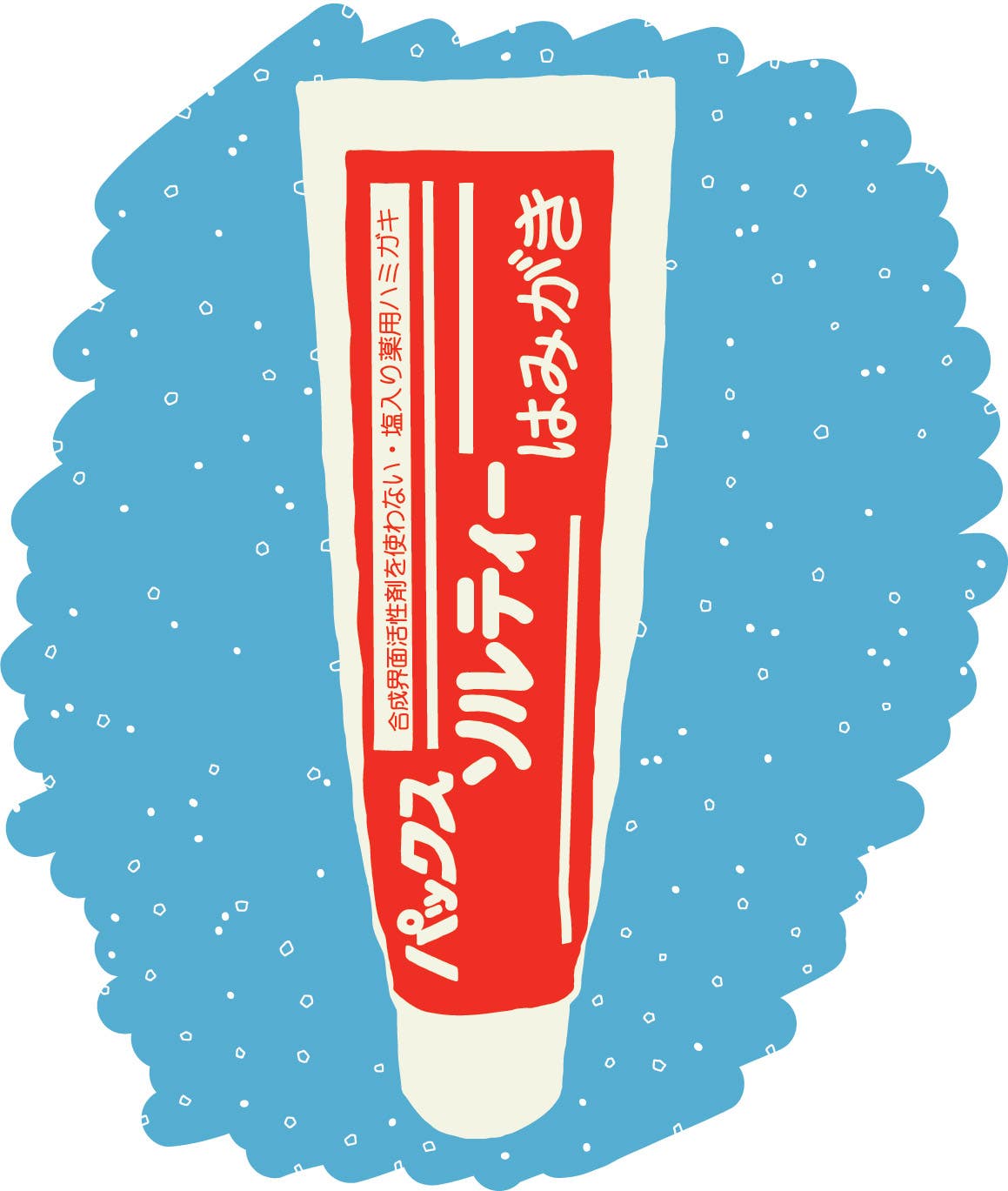
Like many foods and drinks I encountered in Japan, I didn't know what this would taste like until I put it in my mouth. Turns out I didn't even need the shaky Google Translate camera function to tell me what I now know the label proclaims: SALTY MINT. And salty mint it is—while I was first turned off by the unexpected briny zing, I now find the saline quality addictive, like basically anything salty. Certain flavors of Arm & Hammer toothpaste are similar to this, but don't foreground the sodium chloride in quite the same way. I'm totally convinced that this is a necessary offering in the spectrum of toothpastes, and a nice addition to any personal rotation.
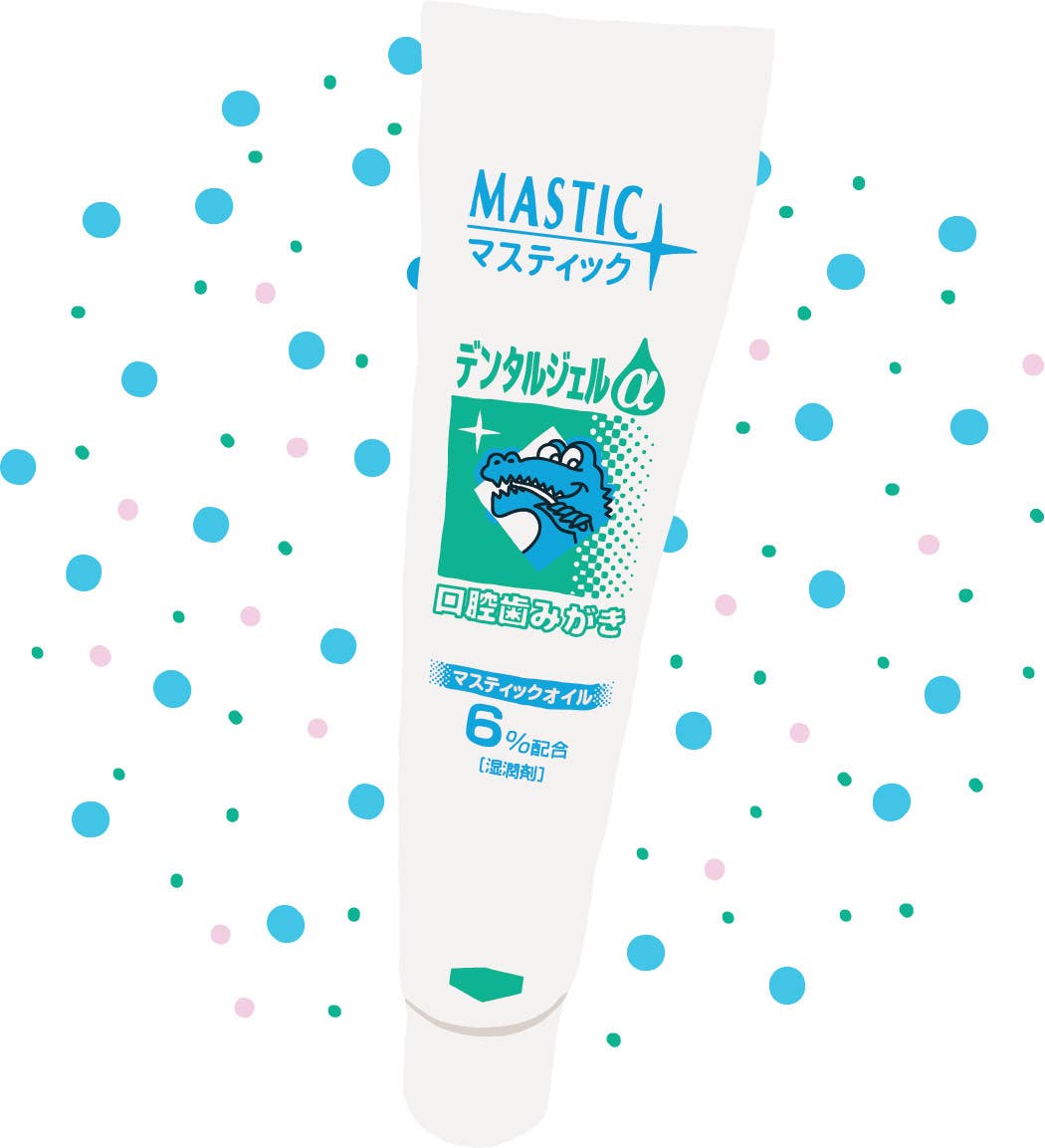
Right up there with cardamom, mastic is one of those beguilingly refreshing flavors that makes total sense as a toothpaste. Was I expecting to see this tree resin harvested only on the Greek island of Chios show up in Japanese toothpaste? I was not. But after I found perfect prune hamantaschen in a Kyoto food hall, I tossed all expectations out the window: Japan has everything. So mastic toothpaste wasn't such a shock, and it's great. Packed with bright, pine-y flavor, it's an intense paste for those who don't shy away from bold tastes.
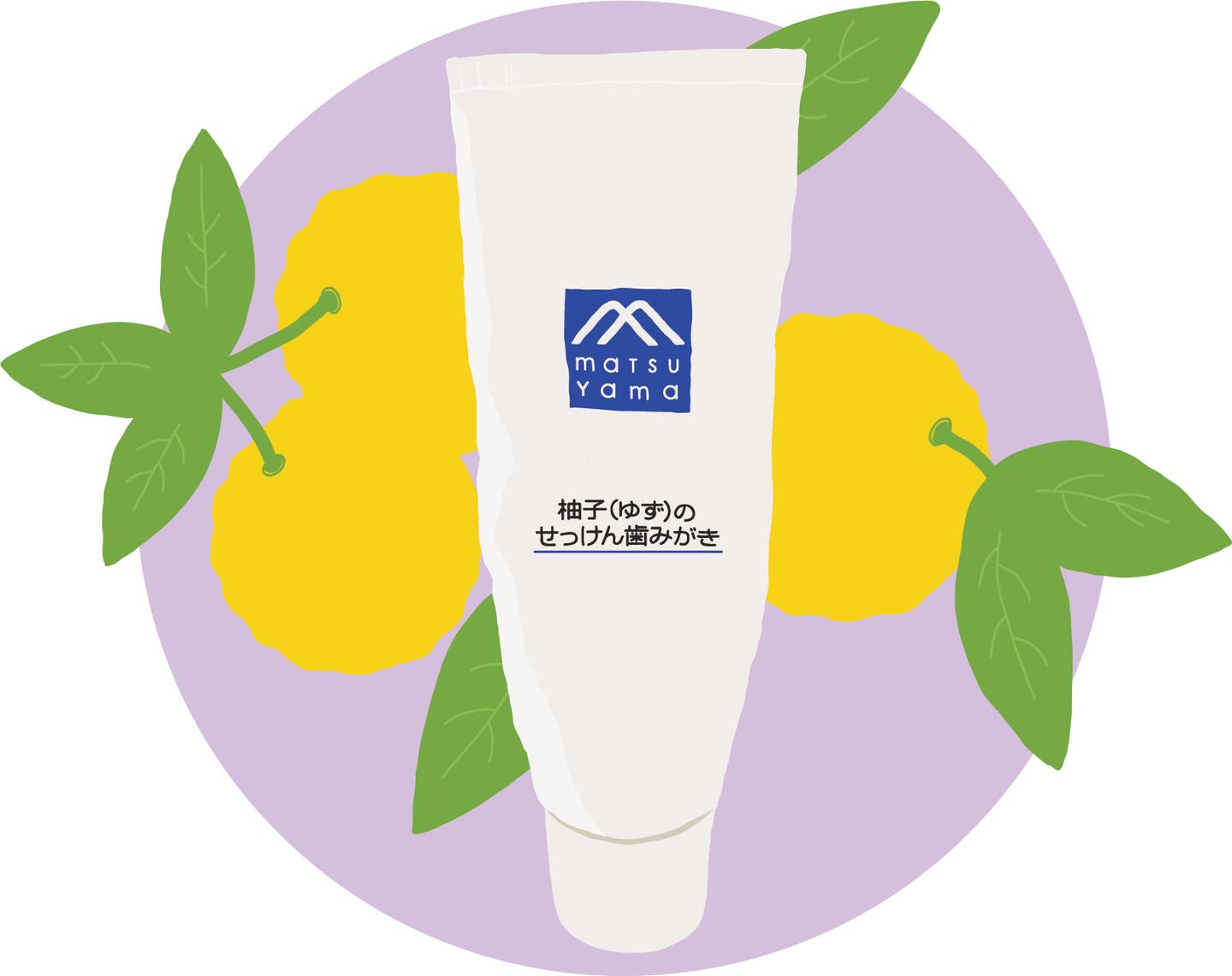
Quite similar to the tea tree in Grants of Australia's toothpaste, the yuzu in this sleek Japanese entry plays a supporting role to a more dominant mint flavor. However, the grapefruit-like aroma of this popular citrus adds a mellow fragrance to the brushing experience. The delicate flavors echo the simplicity and restraint that are core pillars of Japanese gastronomy; to brush with Matsuyama's M Mark Yuzu toothpaste is to gain a deeper understanding of this philosophy.
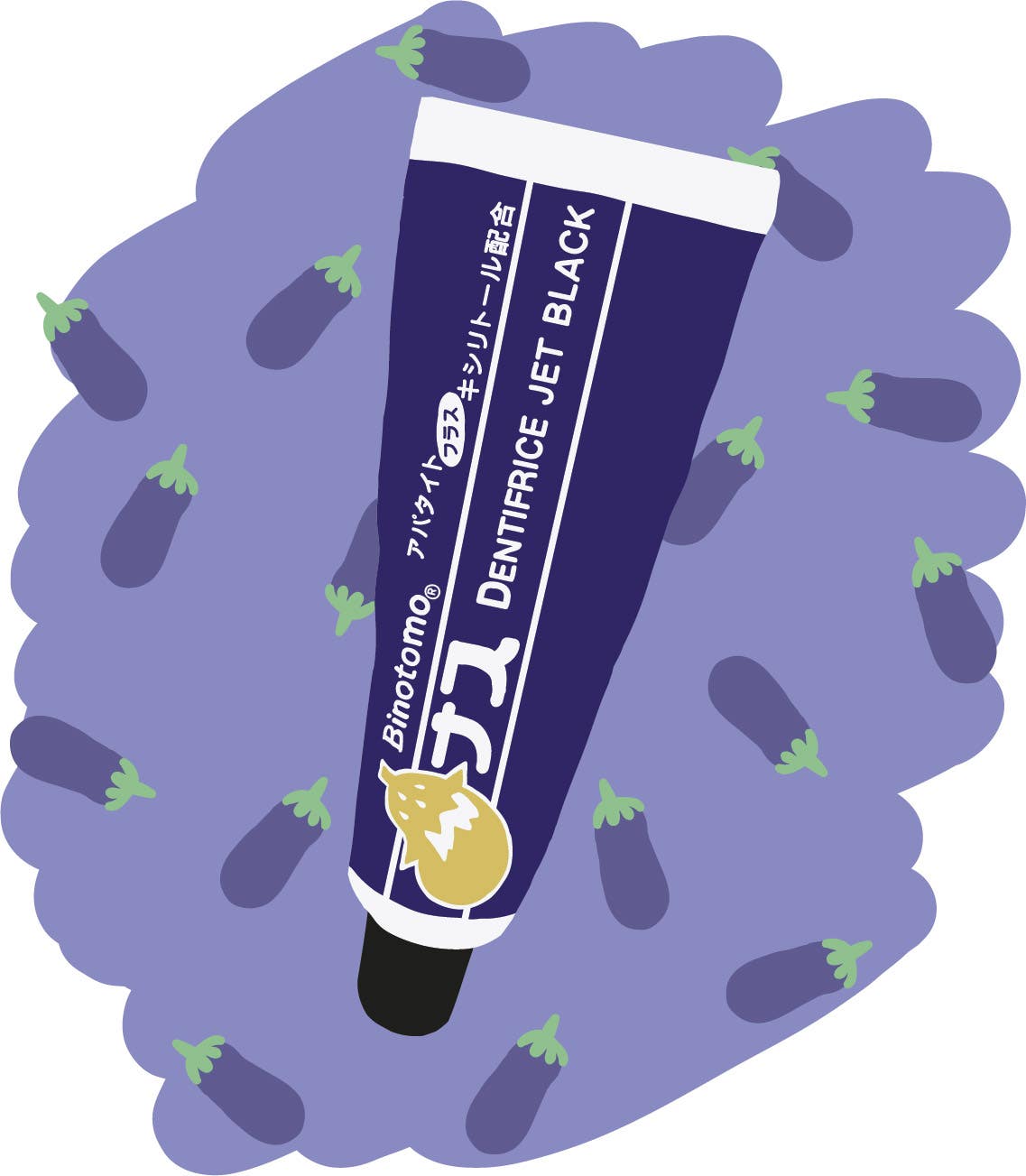
Eggplant is one of my favorite foods. (So much so that, I'm a little embarrassed to admit, I got a tattoo of one almost a decade ago.) So discovering an eggplant toothpaste in Japan was thrilling—I was basically thinking it'd be baba ghanoush in a tube. Nope! The toothpaste is black, very salty, and does not taste remotely like eggplant. It turned my teeth and tongue black. Its very existence is an important testament to just how deep the toothpaste rabbit hole goes. Just like the last page of an American passport, with its images of the cosmos, the tube of eggplant toothpaste on my dresser evokes unfamiliar worlds just waiting to be explored.
Keep Reading
Continue to Next Story
